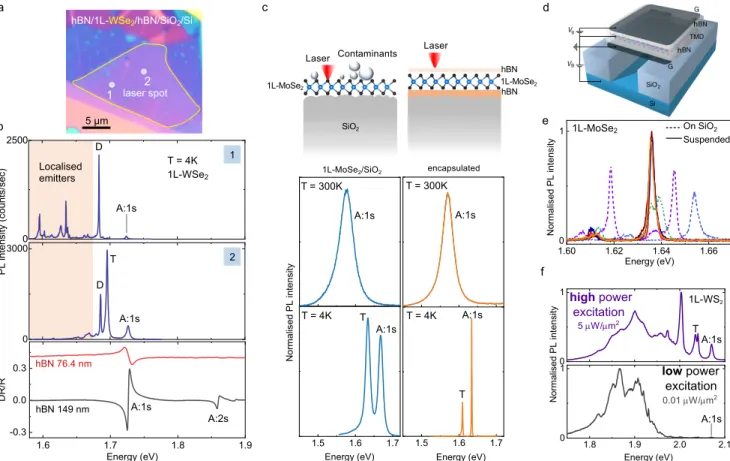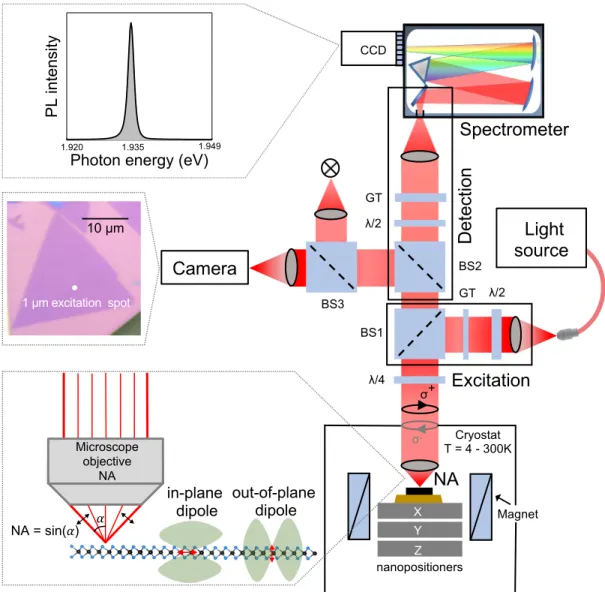Guide to optical spectroscopy of layered semiconductors
Texte intégral
Figure




Documents relatifs
In this thesis, the optoelectronic properties of three layered materials with in-plane anisotropy, black phosphorus, rhenium disulfide and franckeite are investigated using
Pour rappel, les éléments constitutifs du harcèle- ment, puni par l’article 442bis du Code pénal, sont l’existence d’un comportement harcelant, une atteinte grave à
A perfectly flat, infinite surface does not give any diffusely scattered light, any amount of scattered light will therefore signal the presence of surface roughness,
On the contrary, photoacoustic (PA) or photothermal (PT) detection as "dark background methods" have been broadly used in gas spectroscopy because they seem to exhibit
Résumé - Nous avons obtenu et analysé les spectres Raman de polymères en films minces et de la région interfaciale entre des films de polymères lamellaires, en couplant le
that when the magnetic interactions on the ion under consideration can be described by a molecular field approximation, i. the energy levels are split by the interaction
This occurs for I N,-N, I in the low l o t 8 cm-3 range, where we shall see that certain types of optical spectra (particularly d-a pair spectra [4]) remain
in the reflectance spectra of ternary A B C2 compounds are concluded to be mainly caused by those optical transitions in chalcopyrite Brillouin zone which have